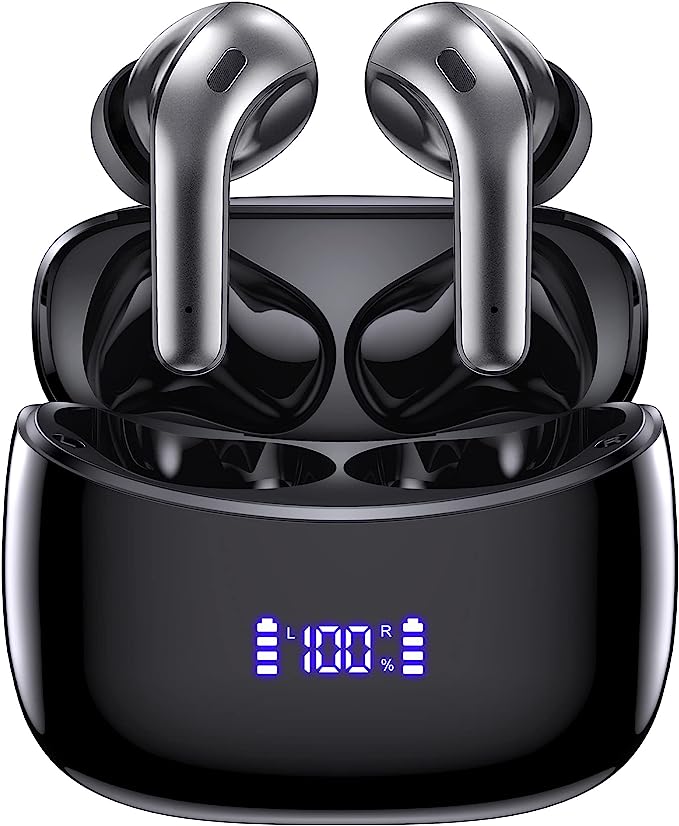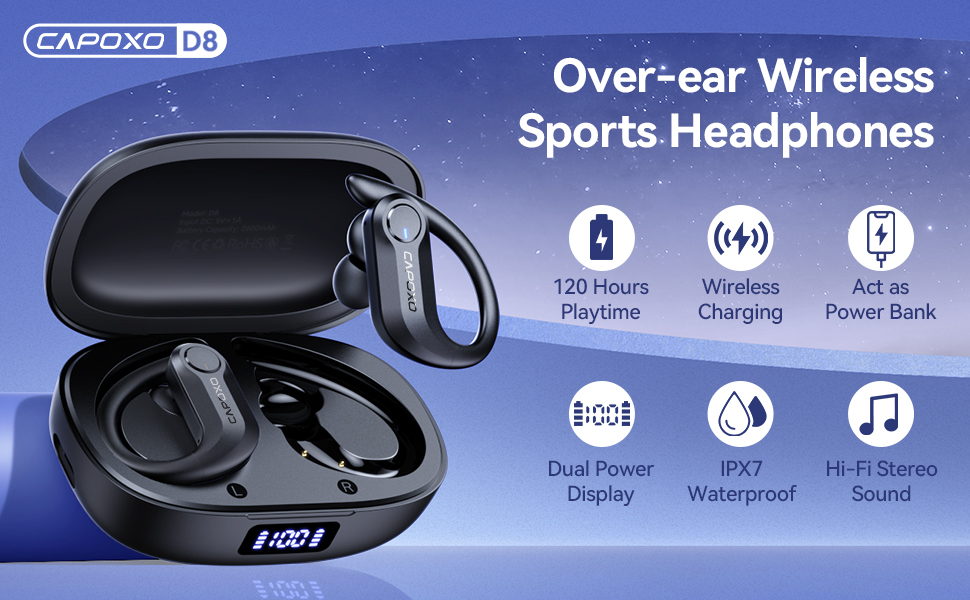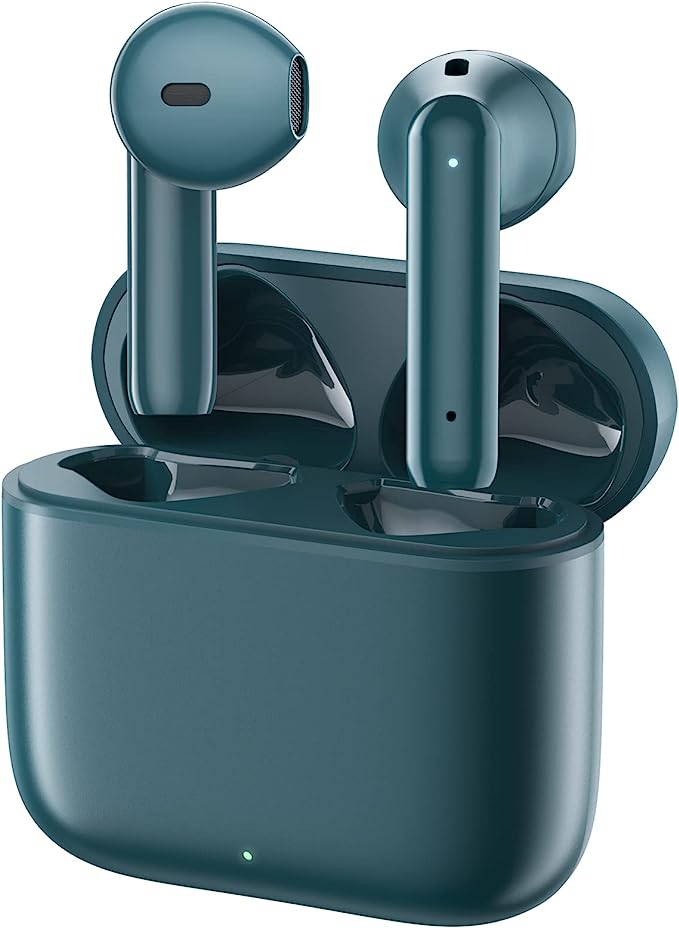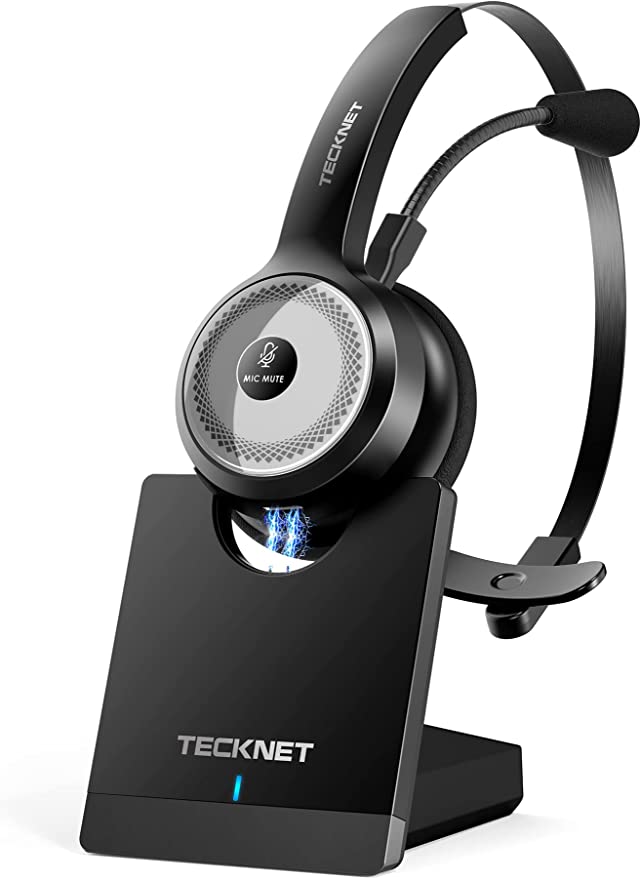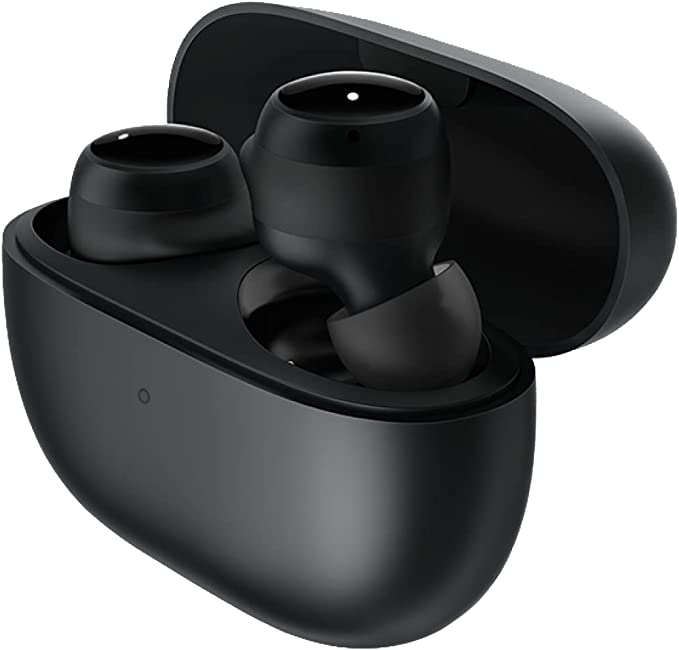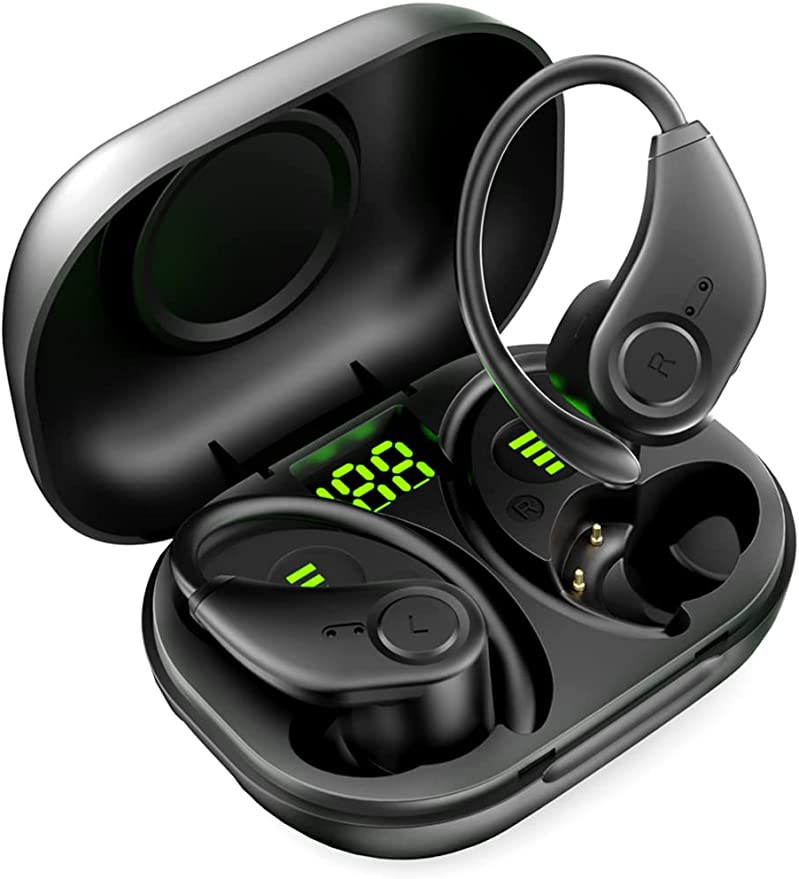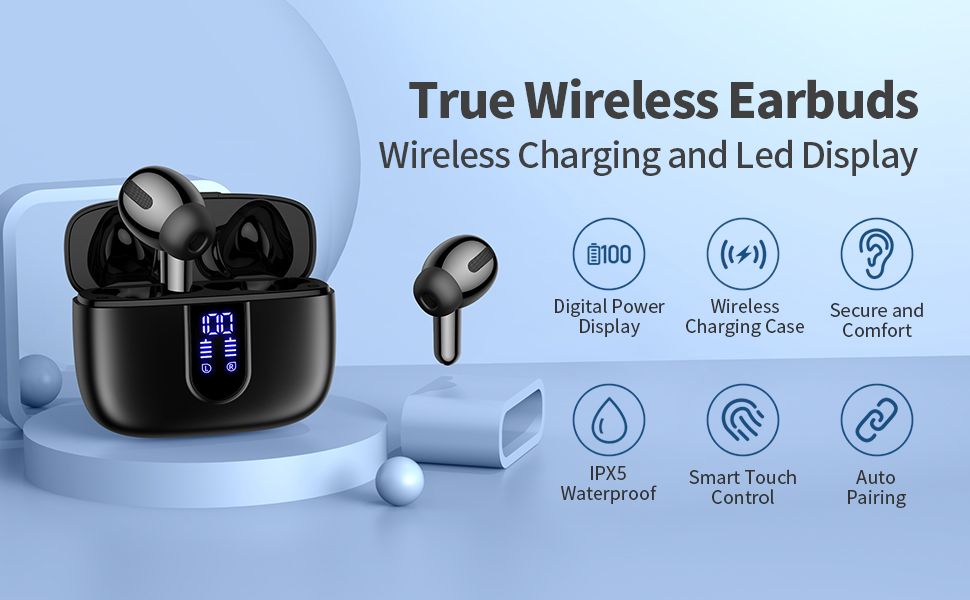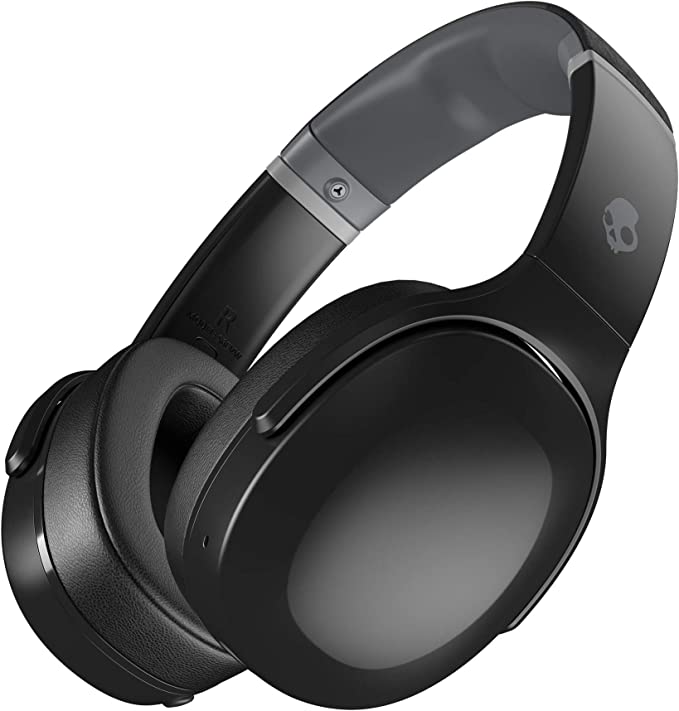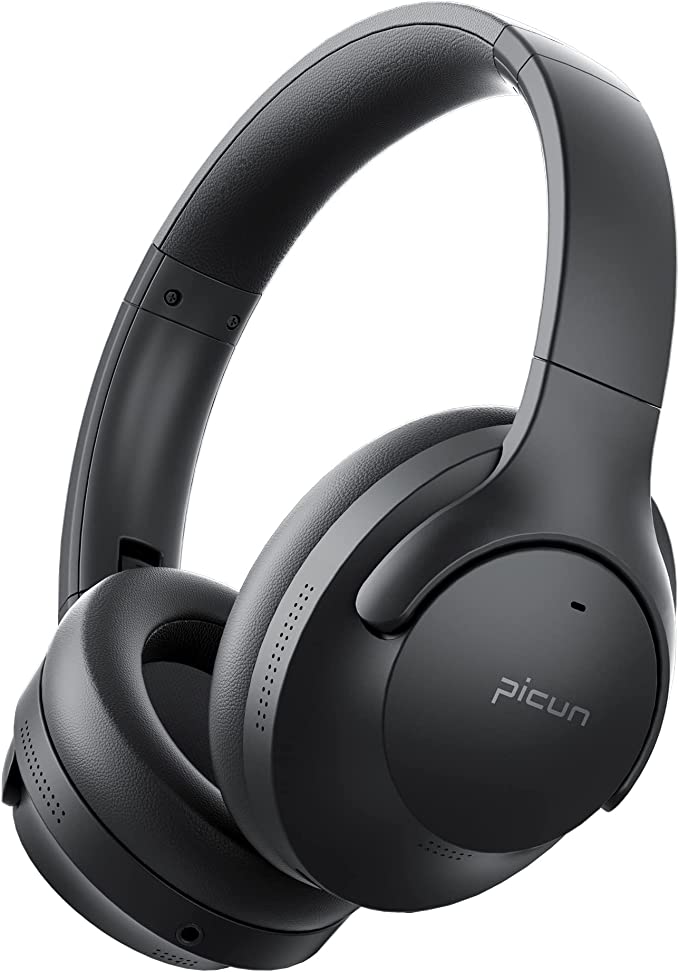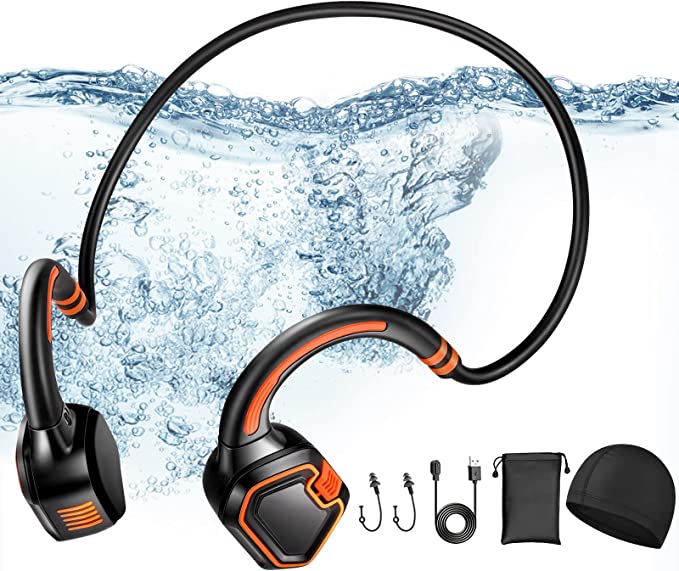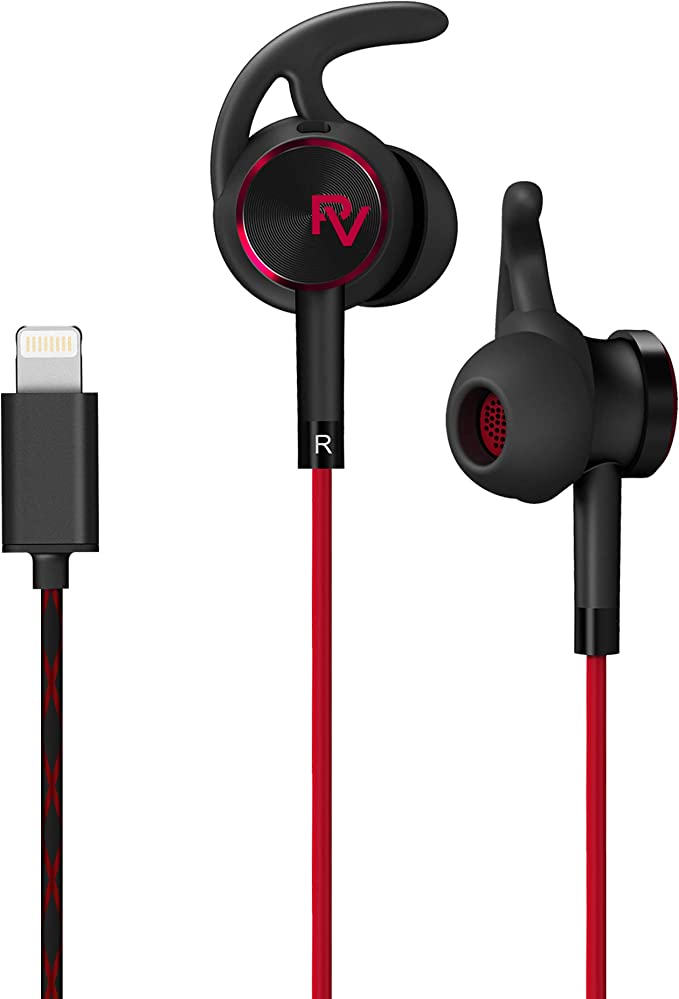How to Use Wireless Earbuds: The Missing Manual for Pairing, Controls & Troubleshooting
Update on Oct. 30, 2025, 3:05 p.m.
So, you just unboxed a new pair of shiny wireless earbuds. You’re excited to cut the cord and enjoy that audio freedom, but there’s a problem: the “manual” is a tiny, folded piece of paper with microscopic text in six different languages.
Sound familiar?
You’re not alone. This is one of the most common frustrations in modern tech. The earbuds themselves are fantastic, but the instructions are often terrible. You’re left tapping them randomly, wondering, “How do I pair these? How do I change the volume?”
Don’t worry. I’m here to be the guide you wish you had. We’re going to walk through everything, from the first-time setup to mastering those tricky controls. To make this practical, we’ll use a popular model, the ZIUTY A1, as our primary example, but these steps will apply to most “in-ear” wireless earbuds on the market.
Let’s get started.
Part 1: The First 5 Minutes: Pairing Your Earbuds
This is the first hurdle, and for many, the most confusing. “Pairing” is simply the process of introducing your earbuds to your phone (or laptop, or TV) so they know to talk to each other.
The “Auto-Pairing” Magic
For most modern earbuds, including our ZIUTY A1 example, the process is designed to be simple.

- Keep the earbuds in their charging case. Make sure the case has some battery life.
- Open the case lid. This is the crucial step. The moment you open the lid, the earbuds turn on and enter “pairing mode.” You might see a light flashing on the buds or the case.
- Go to your phone. Navigate to Settings > Bluetooth.
- Turn Bluetooth ON. Your phone will automatically scan for nearby devices.
- Look for the earbud’s name. In your list of “Available Devices,” you should see something like “ZIUTY A1” or a similar model name. Tap on it.
- Confirm the pairing. Your phone might ask you to confirm. Once you do, you’re connected! You’ll usually hear a voice prompt in the earbuds say “Connected.”
From now on, the earbuds will automatically reconnect to your phone every time you open the case and put them in your ears.
What if it doesn’t work?
If you don’t see the earbuds’ name, or if only one connects, the easiest fix is a “factory reset.” * Forget the Device: On your phone’s Bluetooth menu, find the earbuds, tap the “i” or gear icon, and select “Forget This Device.” * Reset the Buds: Place both earbuds back in the charging case. The exact method varies, but it often involves tapping and holding both earbuds’ touch sensors for 5-10 seconds while they are in the case. This forces them to forget all previous connections and start fresh. * Try again: Close the lid, wait a few seconds, and re-open it to restart the pairing process.
Part 2: “Is This Thing On?” — Mastering Touch Controls
This is, by far, the biggest pain point for new users. Your old wired headphones had a simple button, but these new buds have an invisible “touch sensor.” Learning the difference between a “tap,” “double-tap,” and “long-press” is the key to mastering your device.

Most earbuds use a similar control scheme, but the exact commands can differ. Let’s look at the controls for our ZIUTY A1 example, which are very common.
- Play / Pause Music: A single, quick tap on either earbud (Left or Right).
- Answer / End a Call: A single, quick tap on either earbud.
- Reject a Call: A long-press (about 2 seconds) on either earbud.
- Next Song: A double-tap on the Right earbud.
- Previous Song: A double-tap on the Left earbud.
- Activate Voice Assistant (Siri / Google): A triple-tap on either earbud.
The All-Important Volume Control
This is the one that frustrates everyone, and it’s the top-searched question for a reason. Many budget earbuds don’t have volume control on the buds themselves, forcing you to use your phone.
However, many models do hide it behind a long-press gesture.
On the ZIUTY A1, the controls are: * Volume Up: Press and HOLD the Right earbud. You’ll hear it gradually increase. * Volume Down: Press and HOLD the Left earbud.
A quick tip from your mentor: Don’t just tap! It’s a continuous press. When you first try this, you might accidentally pause your music (a single tap) or skip a track (a double-tap). Be patient. It’s a specific “press and hold” gesture that you’ll get the hang of. This one feature, once mastered, is a game-changer.

Part 3: What “50-Hour Playtime” Really Means
The product page for your earbuds probably advertised an incredible battery life, like “50 Hours of Playtime.” This is a classic marketing spec that needs a little decoding.
It’s not 50 hours in your ears. The magic is in the ecosystem of the buds and the case.
- The Earbuds: Each individual earbud has a small battery (on the ZIUTY A1, it’s 40mAh). This gives you about 5-8 hours of continuous listening on a single charge.
- The Charging Case: The case itself is a portable power bank (the A1’s case is 400mAh). It holds the other 40-45 hours of power.
Here’s the cycle:
1. You listen for 4 hours.
2. You put the earbuds back in the case.
3. The case recharges the earbuds (this usually takes about an hour).
4. You can repeat this cycle 4-5 times before the case itself needs to be recharged.
This is how you get that “50-hour” total. Many modern cases, like the ZIUTY A1’s, have a helpful LED Digital Display. This is your best friend. It shows you the remaining battery percentage of the case and has indicator bars to show that the individual buds are actively charging.

Part 4: “Waterproof” vs. “Water-Resistant” (The IPX5 Code)
You’ll see a rating like “IPX5” on your earbuds. This is an official standard for “Ingress Protection.” Let’s break it down so you don’t accidentally ruin your new tech.
- IP: Stands for “Ingress Protection.”
- X: Means it was not rated for dust protection.
- 5: This is the key number. It means the device is protected against low-pressure water jets from any direction.
What IPX5 means for you: * ✅ Sweat: You are perfectly safe to use these for an intense workout. * ✅ Rain: Getting caught in the rain on a run is fine. * ✅ Splashes: An accidental splash from the sink is no problem.
What IPX5 does NOT mean: * ❌ Showering: Do NOT wear these in the shower. The combination of steam, heat, and soap can bypass the seals. * ❌ Swimming: Do NOT submerge your earbuds. They are not designed for it and will be destroyed.
Think of IPX5 as “sweat-proof and weather-resistant.” It gives you peace of mind for daily activities, but they are not aquatic devices.

Part 5: Your First Troubleshooting Checklist
Sometimes, things just go wrong. Before you get frustrated, 99% of wireless earbud problems can be fixed with one of these simple steps.
Problem: Only one earbud has sound.
This is the most common issue. It means the two earbuds have lost their connection to each other.
- Solution: Perform a full reset.
- Go to your phone’s Bluetooth menu and “Forget This Device.”
- Place both earbuds back in the charging case.
- Press and hold the touch sensors on both earbuds simultaneously for 5-10 seconds. (This is the reset).
- Close the case lid. Wait 10 seconds.
- Open the lid and re-pair them as if they were brand new. This almost always fixes the issue.
Problem: The volume is very low, even at max.
You’d be surprised how often this happens. The cause is often… earwax.
- Solution: Clean the mesh.
- Gently pull off the silicone ear tip.
- Look at the small, metal or fabric mesh on the earbud itself. This tiny speaker grille gets clogged.
- Do not use water. Take a dry, clean toothbrush (or an alcohol pad, as the ZIUTY materials suggest) and gently brush the mesh to dislodge any debris.
- You can also use a small amount of Blu-Tack (poster putty) to gently press against the mesh and pull out the blockage.
- Put the silicone tip back on. The volume will likely be restored to 100%.
Problem: The connection crackles or drops.
This is almost always due to Bluetooth interference or range.
- Solution:
- Check the source: Where is your phone? Bluetooth 5.3 (which the A1 uses) is stable, but it doesn’t like traveling through your body. If you’re outside and your phone is in your back-left pocket, and your main earbud is the right one, your body can block the signal. Try moving your phone to a front pocket or an armband.
- Check for interference: Are you standing right next to a microwave oven or a powerful Wi-Fi router? These can “congest” the 2.4GHz frequency that Bluetooth uses. Move a few feet away.
- Check the battery: A very low battery in the earbuds can cause the connection to become unstable before it finally dies.
You’re now more knowledgeable than 90% of wireless earbud users. These little devices are simple once you understand their logic. Enjoy the freedom of untethered audio!



